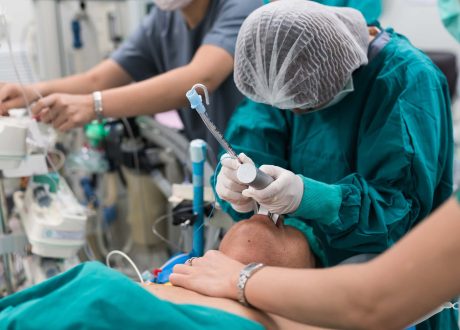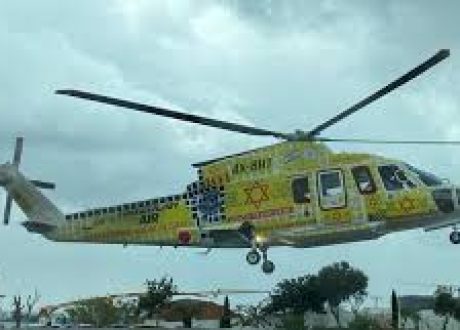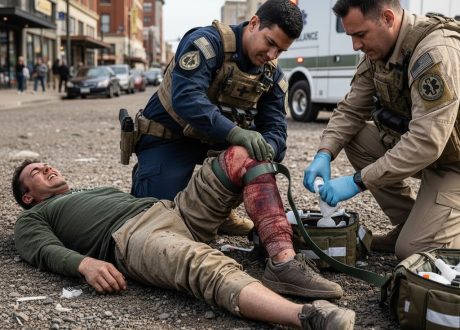Abstract
Importance: Mortality from pediatric out-of-hospital cardiac arrest (OHCA) is high and has not improved in decades, unlike adult mortality. The low frequency of pediatric OHCA and weight-based medication and equipment needs may lead to lower quality of pediatric resuscitation compared with adults.
Objective: To compare the quality of pediatric and adult resuscitation from OHCA in a controlled simulation environment and to evaluate whether teamwork, knowledge, experience, and cognitive load are associated with resuscitation performance.
Design, setting, and participants: This cross-sectional in-situ simulation study was conducted between September 2020 and August 2021 in the metropolitan area of Portland, Oregon, and included engine companies from fire-based emergency services (EMS) agencies.
Exposures: Participating EMS crews completed 4 simulation scenarios presented in random order: (1) adult female with ventricular fibrillation; (2) adult female with pulseless electrical activity; (3) school-aged child with ventricular fibrillation; and (4) infant with pulseless electrical activity. All patients were pulseless on EMS arrival. Data were captured by the research team in real time during the scenarios.
Main outcomes and measures: The primary outcome was defect-free care, which included correct cardiopulmonary resuscitation depth, rate, and compression to ventilation ratio, time to bag-mask ventilation, and time to defibrillation, if applicable. Outcomes were determined by direct observation by an experienced physician. Secondary outcomes included additional time-based interventions and the use of correct medication doses and equipment size. We measured teamwork using the clinical teamwork scale, cognitive load with the National Aeronautics and Space Administration task load index (NASA-TLX), and knowledge using advanced life support resuscitation tests.
Results: Among the 215 clinicians (39 crews) who participated in 156 simulations, 200 (93%) were male, and the mean (SD) age was 38.7 (0.6) years. No pediatric shockable scenario was defect free and only 5 pediatric nonshockable scenarios (12.8%) were defect free, while 11 (28.2%) adult shockable scenarios and 27 adult nonshockable scenarios (69.2%) were defect free. The mental demand subscale of the NASA-TLX was higher in the pediatric compared with the adult scenarios (mean [SD] pediatric score, 59.1 [20.7]; mean [SD] adult score, 51.4 [21.1]; P = .01). Teamwork scores were not associated with defect-free care.
Conclusions and relevance: In this simulation study of OHCA, resuscitation quality was significantly lower for pediatric than adult resuscitation. Mental demand may have been a contributor.








